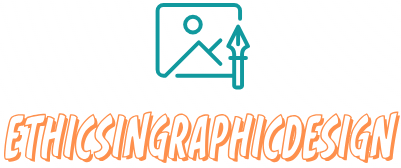How to Create a Professional Media Kit
Creating a professional media kit is essential for businesses and individuals in the media industry to showcase their brand, services, and accomplishments to potential clients, collaborators, or media outlets. Here are the key steps to create a professional media kit:
Determine your objectives
Clearly define the purpose of your media kit. Identify your target audience and the specific information or assets you want to highlight. This will help you craft a focused and effective media kit.
Gather essential information: Compile the necessary information and materials to include in your media kit. This may include:
– Company or personal background: Briefly describe your brand, history, mission, and key achievements.
– Services or products: Outline the services or products you offer, including features, benefits, and any unique selling points.
– Clients or collaborations: Highlight notable partnerships, clients, or collaborations you have worked with in the past.
– Testimonials or press mentions: Include positive feedback, testimonials, or media coverage you have received.
– Expertise or qualifications: Showcase your expertise or qualifications relevant to your industry or field.
– Contact information: Provide clear and updated contact details, including email, phone number, and website.
Design an attractive layout
Create a visually appealing and professional layout for your media kit. Use a consistent color scheme and typography that aligns with your brand identity. Incorporate high-quality images, graphics, and logos to enhance the visual appeal.
Craft a compelling introduction
Begin your media kit with a concise and engaging introduction that captures the attention of the reader. Clearly communicate your value proposition and what sets you apart from others in your industry.
Organize information effectively
Structure your media kit in a logical and easy-to-navigate format. Use headings, subheadings, bullet points, and sections to make information concise and scannable. Consider using a table of contents to help readers quickly find specific sections.
Include relevant samples or examples
Depending on your industry, include samples or examples of your work. This can be previous projects, case studies, portfolio pieces, press releases, or articles you have written. These examples demonstrate the quality and capabilities of your work.
Provide easy access to additional resources
If you have additional resources or assets that are relevant to your media kit, provide easy access to them. This may include links to your website, social media profiles, downloadable high-resolution images or videos, or a digital version of your resume or CV.
Proofread and edit
Ensure that your media kit is error-free and professional. Proofread the content for spelling, grammar, and clarity. Pay attention to formatting, consistency, and overall readability.
Make it easily shareable
Create your media kit in a digital format, such as a PDF or an online document, that can be easily shared and accessed by others. Provide a downloadable link or embed the media kit on your website.
Periodically update your media kit
Regularly review and update your media kit as your brand or accomplishments evolve. Keep it current and relevant, showcasing your latest achievements and projects.
Remember, a professional media kit is a powerful tool for presenting yourself or your brand effectively. Tailor your media kit to reflect your unique strengths and capabilities, and ensure that it provides a compelling snapshot of your work and expertise.



